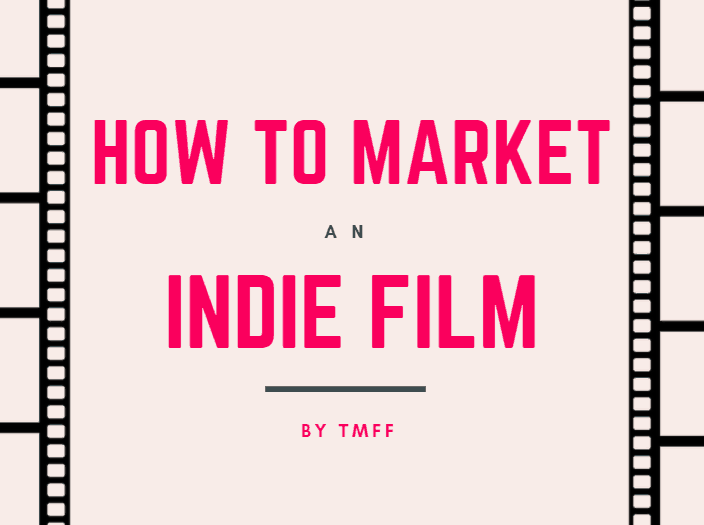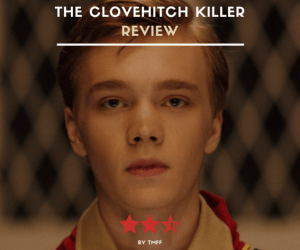As someone who has worked in marketing, I might sound biased, but I firmly believe that the marketing process of an indie production is just as important as any other aspect. Because it all boils down to the audience: you might have a killer idea and a fantastic implementation – if nobody discovers your film and decides that it might indeed be worth watching, then it’s all been for naught. Thus, even before you enter production stage and start thinking about potential sets or the equipment that you’d like to use, you should ponder about how you might go about marketing your project. Don’t leave this key process until after you’ve got the final project in your hand, since you’d be wasting valuable time and single-handedly harming the movie’s marketability.
Establish target audience
One of the most important things when crafting a piece of cinematographic art is determining who is likely to be interested in it. What types of audience might enjoy your project, and which medium are they inclined to use if they do decide to view your film? Thinking about these questions should not only determine your marketing message’s content, but also the approaches you take towards its distribution – and ultimately, where the film will be available. Is it going to be a YouTube release begging to become viral, a slower but steadier release through festival submissions in hope of screenings, or might it even have a shot at a theatrical run? Your predictions must be based on concrete analysis, not on a mix of unfounded presumptions and hopes – relying on the latter might mean that you will be disappointed later on, and will have to shift assumptions midway through.
Don’t only market finished product
As mentioned previously, you don’t want to wait until you’re able to supply the finished product. You can, of course, and depending on the context it might be the only viable solution that you have, but you should aim to create some buzz even before shooting starts. Crowdfunding platforms are the most logical step and can provide you with a win-win opportunity of both a boosted production budget and a bit of early marketing for your film. If you can find a way of integrating the updates about how your project is progressing with a clever social media strategy, you’re on your way to a promising start! Which leads us to the next and final point.
Social media, social media, social media!
Just in case you didn’t get the idea yet, social media is very important! It’s free, for starters – obviously a good thing when facing financial constraints and operating under a tight budget. If done right, it can get more exposure than classical ads – after all, it’s highly likely that your target audience have a Facebook or Instagram profile and could be gently guided to visiting your project’s page, if the stars aligned right. One way to achieve this is actually designing a strategy, sticking to it and continuously improving it, rather than just asking your mum, dad and best friends to like your page and react with ‘Love’ to each and every one of your posts. And if you do this, you’ve got another win-win scenario on your hands: you can use your potential fans’ feedback (which is oh so easy to collect via social media networks) to improve both your marketing process of the project, as well as the project itself. If you start late, you’ll have no more opportunity to change, adjust and fine-tune ideas and content, but if you take our hint and start early, you might begin to see why it is such a good idea in the first place!
















